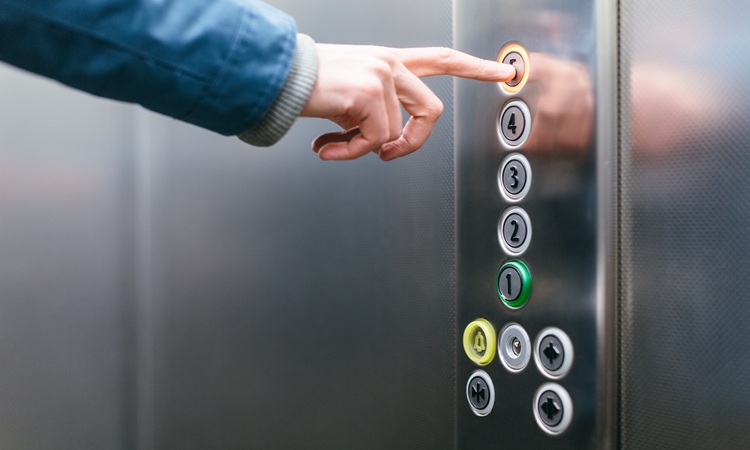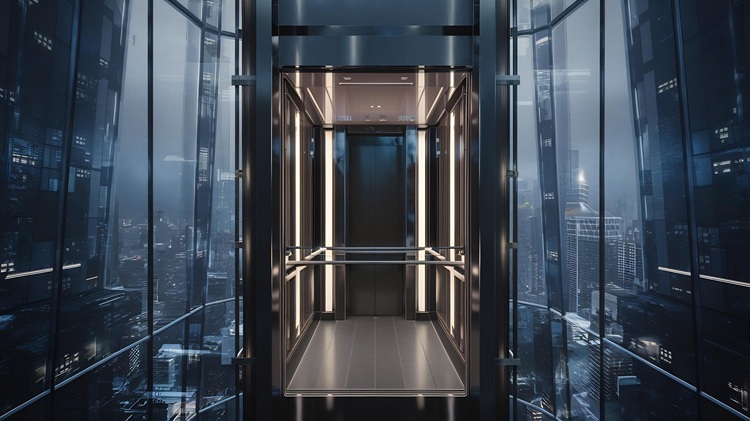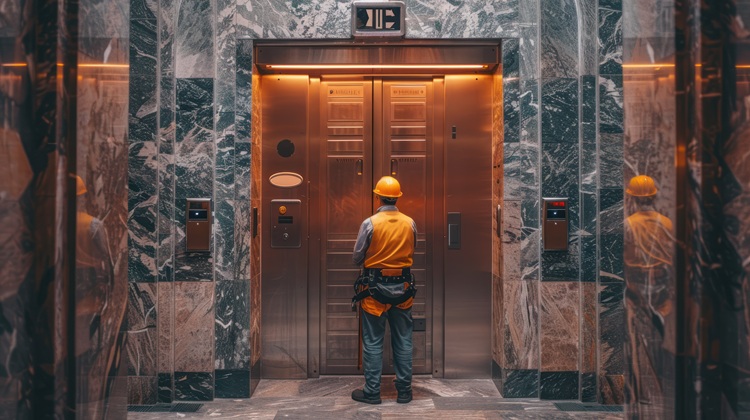What is the Process of Lift Installation at Home?
Post Date : Jan 01, 2025
Home elevators are becoming more and more common since they are convenient. Future-proofing, adding accessibility and luxury, and providing useful Precise planning and preparation are necessary for this entire procedure.
In this blog, we will explore the most critical steps, from initial consultation to choosing lifts for residential homes.
1. Evaluate the Manufacturer
Experience of the Company
Experience matters. Choose a lift manufacturer with a solid track record. Ask these questions:
- How long have they been in business?
- Do they specialize in residential lifts?
An experienced company will have the expertise to handle your project efficiently and address potential challenges.
Infrastructure and Manufacturing Facility
Ensure the manufacturer has:
- Advanced facilities to design and build high-quality lifts.
- The capability to meet your specific requirements.
A strong infrastructure reflects their commitment to quality.
Credibility and Budget
Budget matters, but don’t compromise on quality. Look for a manufacturer that offers:
- Reliable products within your budget.
- Transparency about costs, warranties, and features.
Remember: The cheapest option isn’t always the best.
2. Check Reviews and Ratings
Look for customer satisfaction ratings on trusted, non-paid platforms like Google. Customer testimonials can give you an insight into:
- The company’s reliability.
- Product quality and after-sales service.
3. Verify Certifications
Certifications ensure that the manufacturer complies with industry standards and regulations. Check for:
- Safety certifications.
- Quality compliance.
These documents are crucial to ensuring safety and reliability.
4. Pre-Installation Assessment
Once you’ve selected a manufacturer, they will:
- Conduct a site survey to assess the feasibility of installation.
- Understand your specific needs and preferences.
5. Design and Customization
Manufacturers will:
- Provide you with design options tailored to your home’s aesthetics.
- Customize features based on your requirements (e.g., size, load capacity, automation).
6. Installation Process
The actual installation involves:
- Preparing the site: ensuring adequate space and structural support.
- Installing lift components: Setting up the shaft, cabin, motor, and control panel.
- Testing: Conducting rigorous tests to ensure functionality and safety.
7. Post-Installation Services
After installation, ensure:
- Regular maintenance checks.
- Availability of quick repair services if needed.
You may choose a manufacturer that satisfies your demands without sacrificing quality or safety if you keep these things in mind as you confidently traverse the home lift installation procedure. The usefulness, accessibility, and value of your house will all be improved with the correct elevator.
Conclusion
Home elevators are becoming more common due to their convenience. They offer future-proofing, accessibility, and a touch of luxury. However, precise planning and preparation are necessary for the entire process. By evaluating the manufacturer’s experience, infrastructure, credibility, and certifications, and by checking reviews and ensuring proper post-installation services, you can confidently navigate the installation process. The right elevator will enhance your home’s functionality, accessibility, and value.






